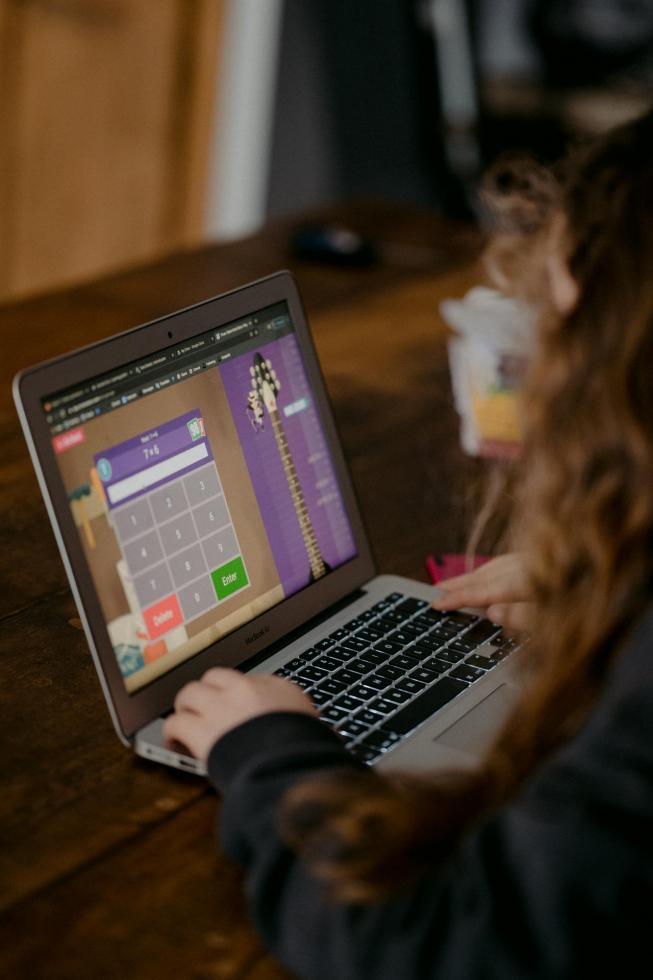Navigating the Road of E-learning
The last two weeks have certainly required flexibility, innovation and problem-solving for educators not just in SREB states but across the nation and the world. Those of us at SREB who support teachers and district- and school-based coaches have been flooded with emails, texts and phone calls asking for help. In an effort to support all of you from afar, we offer some tips and strategies for how you can navigate the road of e-learning.
- Breathe. You have been asked to design and rewrite lessons for online learning for students. Some of you had 24 hours’ notice to do this. The lucky ones had a few days. Regardless, this has been a HUGE lift and we are all in awe of you. Remember to breathe through this process. You may not feel like your lessons are perfect, and that is okay. You will learn and get better every week.
- Make a plan. Great lessons always come from good planning. Begin with the end in mind, just as you would when you craft your typical lesson and unit plans. Design your learning targets and decide what it means for students to reach those targets. Then choose the assignments you want students to complete so they are prepared to reach those learning targets. Consider how you will formatively assess students’ understanding.
-
 Include synchronous and
asynchronous learning. Some students are
self-regulated learners and might easily transition to learning
through digital platforms and video lectures, but many students
will not. Consider offering both synchronous and asynchronous
learning. Synchronous learning might include logging on Google
Meet with all of your students. Everyone uses a webcam to talk
through assignments and specific problems students might have
questions about. If you use a platform like Zoom, you can
assign students to small groups in breakouts rooms to discuss a
problem and then have them present to the whole group toward
the end of the session. Asynchronous learning might include
students watching Khan Academy videos and completing
corresponding assignments on their own.
Include synchronous and
asynchronous learning. Some students are
self-regulated learners and might easily transition to learning
through digital platforms and video lectures, but many students
will not. Consider offering both synchronous and asynchronous
learning. Synchronous learning might include logging on Google
Meet with all of your students. Everyone uses a webcam to talk
through assignments and specific problems students might have
questions about. If you use a platform like Zoom, you can
assign students to small groups in breakouts rooms to discuss a
problem and then have them present to the whole group toward
the end of the session. Asynchronous learning might include
students watching Khan Academy videos and completing
corresponding assignments on their own.
- Reflect and adjust. The best teachers embrace self-reflection and use it to become even better teachers. After a few days, reflect on your plan. What worked well for you and your students? What didn’t? What adjustments can you make to improve your process and design and student learning outcomes? Make the adjustments and try again.
- Remind your students we are all in this together. Many students are struggling with the isolation of the school closures. A quick check of TikTok and Instagram shows students are hungry for interaction with their peers. Encourage your students to use Facetime, Zoom and other online tools to meet and study together just as they would in the library or class at school. Consider setting up a discussion board on Padlet for students to interact and share ideas about the content there are learning in your class. Remind them they are not alone even though the physical isolation might make them feel that way.
- Remind yourself that you are not alone. Just as students can collaborate online, so can teachers. Hold your weekly PLC meeting using Zoom or Google Meet. Join webinars about topics that interest you. Connect with fellow teachers on the many Facebook groups that have popped up. Contact your coach and ask him/her to help you plan a lesson. Don’t let the physical isolation stop your collaborative spirit. So much is being asked of you in this unprecedented time. Lean on each other.
We don’t know what the coming days and weeks will bring, but we do know that teachers will continue to be flexible and innovative as they provide students opportunities to learn. You’ve got this. We believe you can make a difference for your students. SREB is here to help you navigate the road ahead. Please let us know how we can help.


